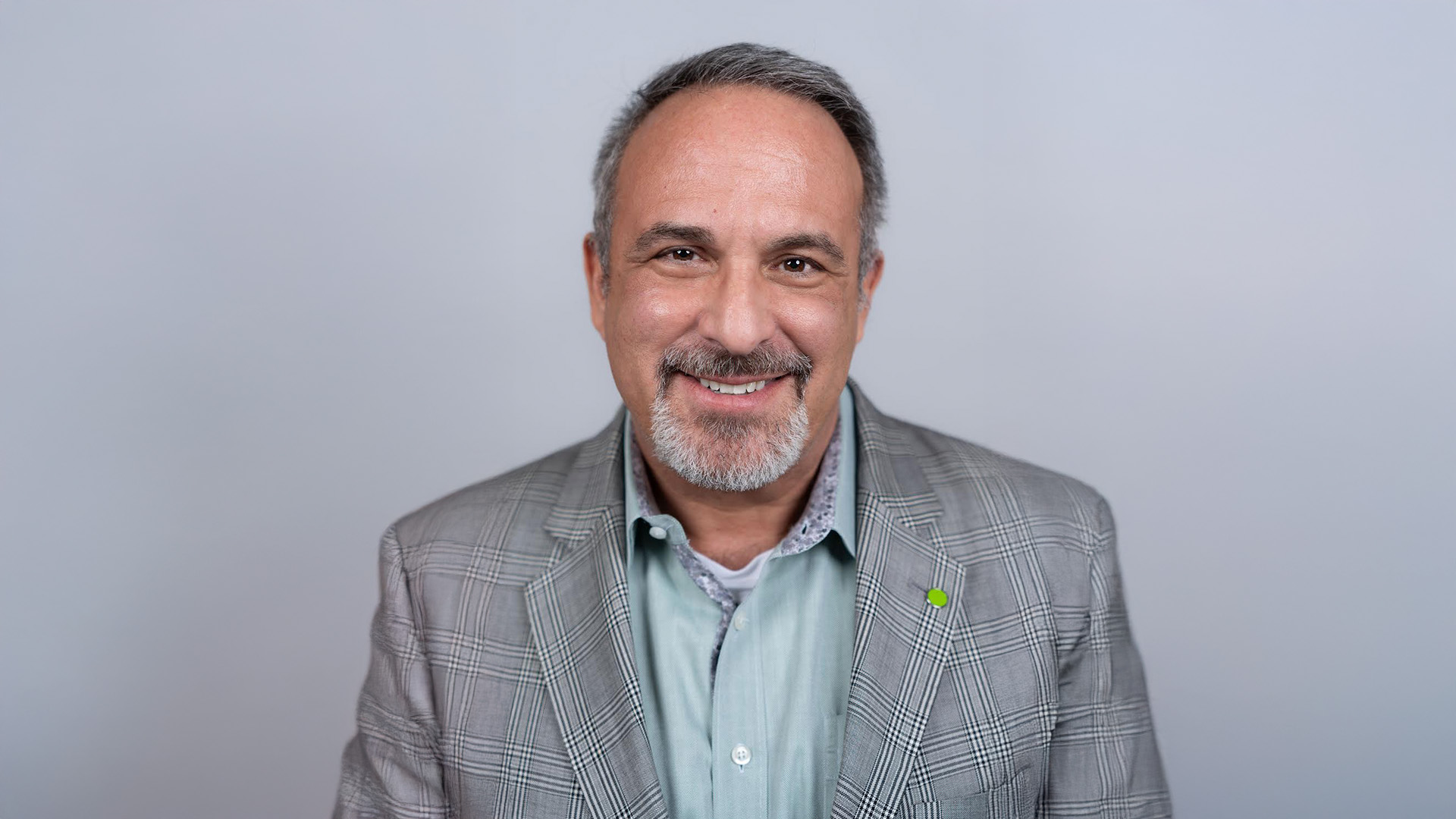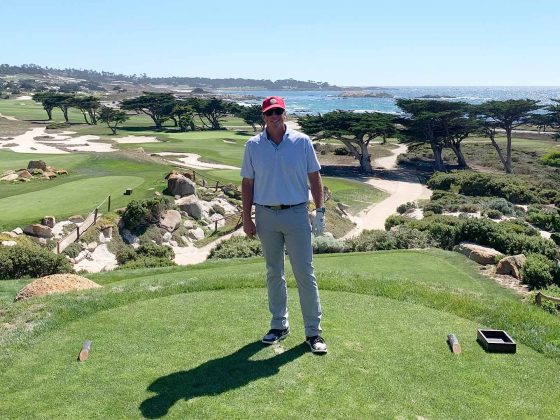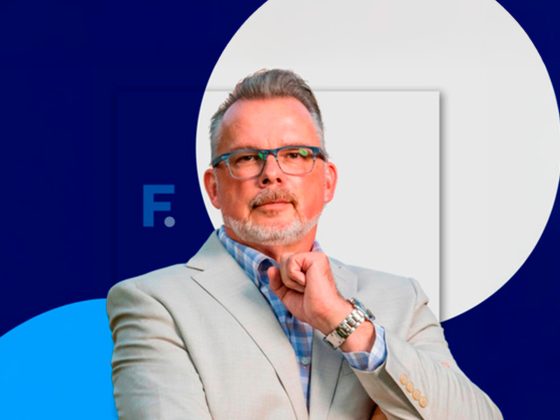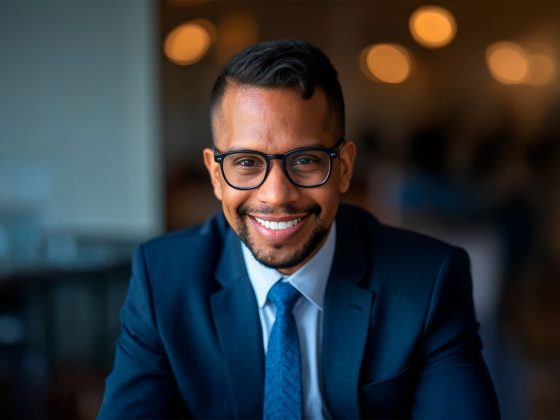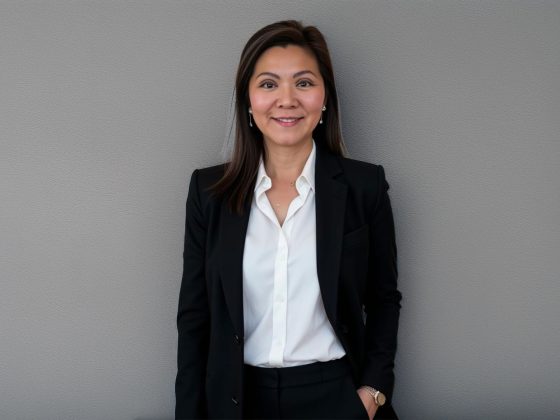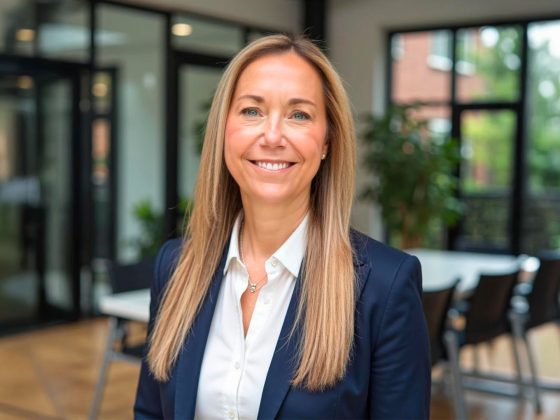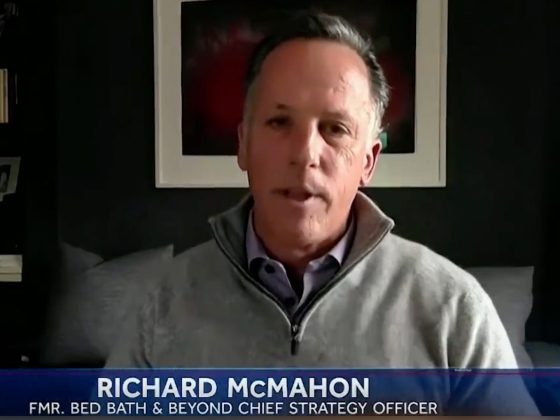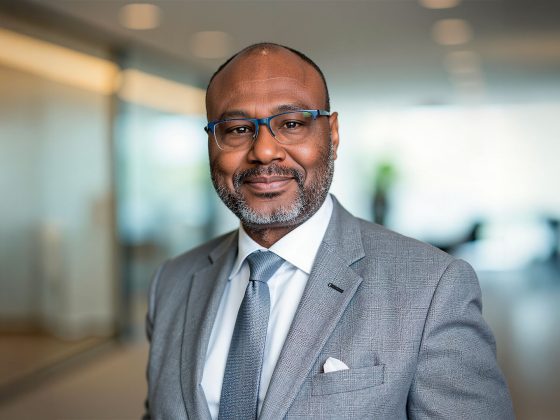The global workforce is undergoing one of the most profound transformations in modern history. A generational handoff is accelerating as Baby Boomers exit and Gen Z prepares to become the largest segment of employees within the next five years. At the same time, the rise of generative and agentic AI, combined with shifting worker expectations and new models of work, is reshaping how businesses operate from the ground up. The implications are clear: for companies to remain competitive, they must radically rethink how they attract, develop, and retain talent.
Russell Klosk, a globally recognized expert in strategic workforce planning, human capital management, and organizational design,brings a uniquely informed perspective to the complexities of navigating this shift. He doesn’t just analyze trends—he helps companies act on them. “We’re at the very beginning of the fifth industrial revolution,” Klosk says. “Every job is going to change. While a lot of the talk is about labor arbitrage, it’s not actually about reducing the size of your workforce. It’s about taking away the work that can be done by machines so that people can be reskilled to do the work that can’t be.”
The Workforce is Evolving—Fast
Klosk sees the labor market at a pivotal inflection point. “The baby boomers are finally leaving the workforce. Gen X is within 10 years of leaving. It’s not millennials that will define the workforce—it’s Gen Z,” he explains. And just as the demographic landscape is shifting, so too is the nature of work itself “We’re at the very beginning of the fifth industrial revolution,” he says. “Every single job is going to change. This isn’t about labor arbitrage—it’s about taking away the work that can be done by machines so that people can be reskilled to do the work that can’t be.”
The convergence of demographic transitions, economic pressures, and the rapid rise of generative and agentic AI has created a perfect storm for business leaders. The traditional linear career path is giving way to more fluid, skills-based trajectories. “You’re not going to sit in one job with a straight path up,” Klosk explains. “Your career grows diagonally across multiple roles, even across different business units.”
Skills: The New Currency of Business
In Klosk’s view, workforce planning must now focus on one central question: build, buy, borrow, or bot? That is, how can organizations best meet their labor needs by reskilling employees, hiring externally, leveraging contingent workers, or automating tasks? “Skills are the coin of the realm when we put it in a workforce planning context,” he says. “When people talk about skills-based organizations, they’re not saying jobs no longer exist. They’re saying the skill mix inside those jobs changes, and we have to plan for that in a predictive way.”
This approach brings real, tangible benefits. Klosk points to the inefficiencies of traditional training cycles. “Anyone who’s worked in a large company has taken a training class, then not used it until nine months later—and had to retake it. That’s wasted time and cost,” he says. “If I know what’s changing and when, I can train right before the shift, drive productivity, improve retention, and reduce rework.”
Retention Starts with Intentional Design
Talent strategy must be tightly aligned with business objectives and employee ambitions. Klosk illustrates this with a simple model: imagine a graph where one axis is employee ambition and the other is business need. “In the middle, there’s a cloud. If I keep people in that cloud—where they’re growing, being paid fairly, doing meaningful work—then retention follows. That intention drives employer brand.”
It’s not always about the paycheck, Klosk cautions. “Why do people leave jobs? It’s usually not money. It’s ‘my boss is a jerk’ or ‘my workplace was toxic.’ If you’re designing work that aligns with what people want to do and what the business needs, that’s the sweet spot.” However, some movement is healthy. “You want fresh perspectives. But it should be managed. Whether it’s 4–6% in financial services or 45–50% in retail, know your number and plan around it,” he says.
Hybrid Work Is Here to Stay—But With Purpose
While many organizations struggle to define a post-pandemic normal, Klosk is clear in his stance: “A lot of work is apprentice-based. People learn by doing—and that model works differently in person,” he shares, calling for a more strategic, hybrid approach. “I believe in two to three days a week in the office, guided by analytics. Not because every encounter will spark innovation, but because some will—and they only happen when people bump into each other.”
His bottom line? Engagement is the critical differentiator. “With engagement comes innovation, retention, and job satisfaction. You don’t get that sitting in your basement, talking to a screen.” Klosk also highlights the issue of fairness. “Roughly 40% of the workforce has to be in person—like those building cars. Why should the back-office staff not go in? Resentment builds when fairness is overlooked.”
Forecasting for Strategic Growth
At the heart of Klosk’s philosophy is the belief that organizations must move from reactive hiring to proactive planning. “You should be forecasting business needs in terms of labor demand—not headcount, but the actual work required to meet objectives,” he says. That means using data to answer hard questions: Where should we hire? When? What roles? “All that data exists,” Klosk insists. “So use it. Be evidence-based. Design work that’s meaningful and aligned with your strategy.”
As businesses brace for continued disruption—from AI to demographic turnover—those who invest in strategic workforce planning and skills development will be the ones positioned to thrive. To follow more of Russell Klosk’s insights, connect with him on LinkedIn or visit his website.
